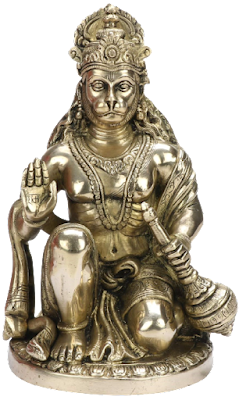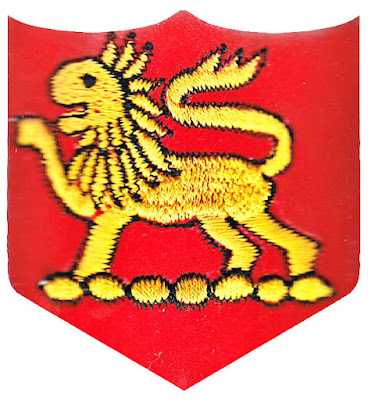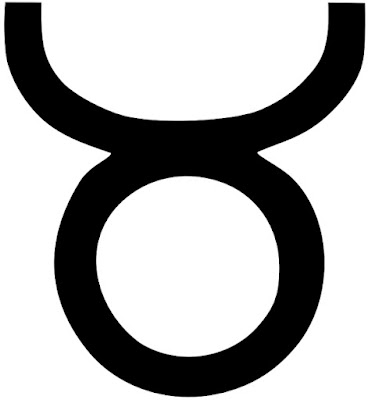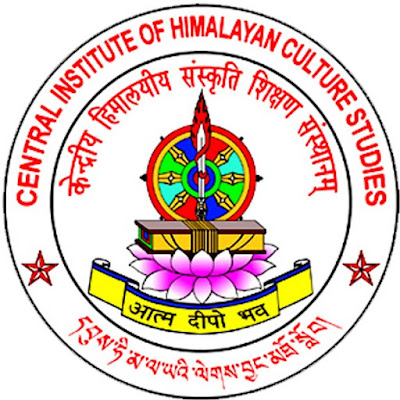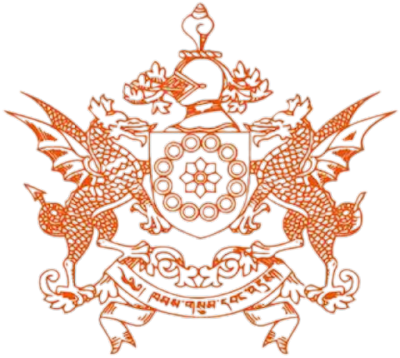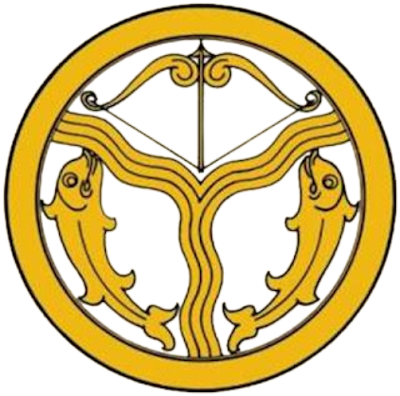THE BIHAR REGIMENT
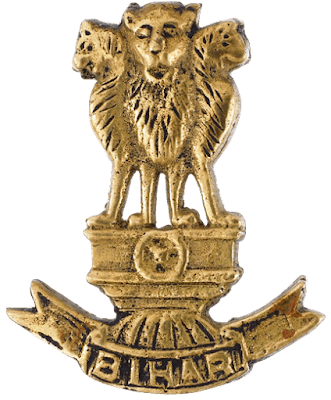
THE BIHAR REGIMEN Bihar is the cradle of ancient Indian civilisations and empires. Hindu, Buddhist and Muslim influences intermingled to produce a soldiery which was traditionally arms bearing, disciplined and deeply religious. The Bihar Regiment claims its origins from the sepoy battalions raised in 1758 by Clive at Patna. These were formed by the men from the Bhojpur region of Bihar. Their success in combat had impressed the local ruler Mir Kasim, to begin raising units trained in western combat techniques. The Bihari battalions raised by Mir Kasim had not only done well, but beaten the British in some engagements. The Bihari, or poorbia/purviah soldier thereafter continued to provide the backbone of The Bengal Infantry of the British. The Bihari was not only an excellent soldier, he was also quick to learn and apply the tactical drills with initiative. He was disciplined when led by good officers, but capable of hostility when his beliefs and customs were disreg
